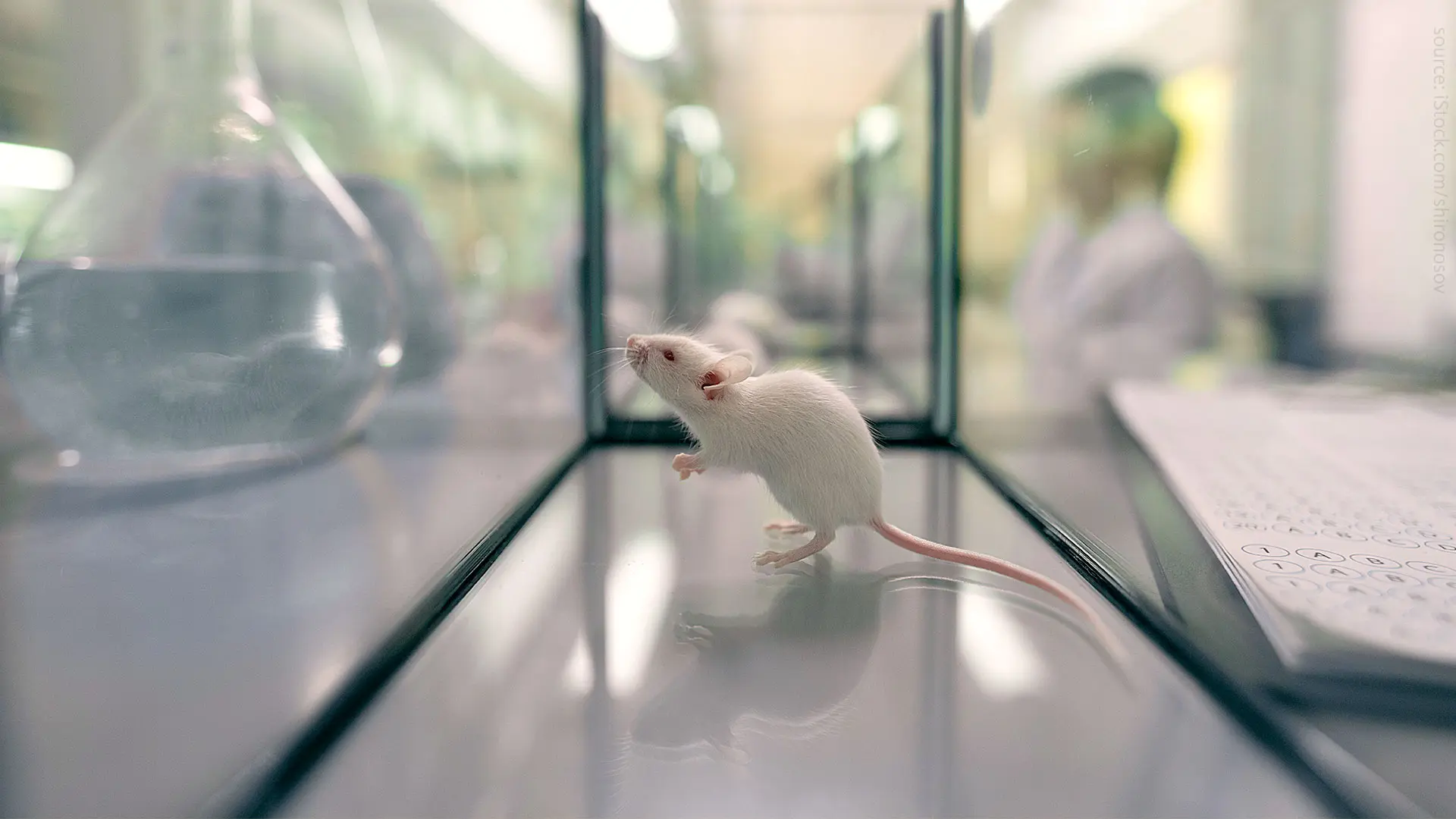Henri M Deda
December 2, 2021
Topic
In the past century, population health studies have proven a powerful approach to reveal connections between diseases and their risk factors in epidemiology. We have now moved into an era, in which population health studies frequently rely on omics technologies (such as genomics, transcriptomics, metabolomics, and lipidomics) to identify disease risk factors at the molecular level.
Omics technologies provide unprecedented phenotypic details by accumulating vast amounts of data. While these are potentially of enormous value, biomarker identification studies benefit only if the data are of high quality and reliably reproducible. Fortunately, shotgun lipidomics fulfills these requirements and can therefore successfully be applied in biomarker identification studies covering indications such as obesity, diabetes, cardiovascular, and neurodegenerative diseases. Most importantly, human plasma lipidomics seems to reflect the body metabolism and has the potential to fill a hole in clinical diagnostics that lacks methods to measure metabolism.
Besides revealing promising potential multiparametric diagnostic and prognostic markers, large population health studies have proven that lipidomics is a powerful approach to shed light on disease mechanisms or relationships between genotype and phenotype in studies run over several years and involving tens of thousands of participants.
Here is what you can learn
• Power of lipidomics in human biomarker studies
• Lipidomics combined with other omics technologies (multi-omics)
• Contribution to research on obesity, diabetes, CVD, neurodegeneration etc.
• Translational value of lipidomics biomarkers & challenges in diagnostics
read more ➔
Henri M Deda
October 19, 2021
Topic
Lipidomics is an indispensable method for the quantitative assessment of lipid metabolism in basic, clinical, and pharmaceutical research. It allows for the generation of information-dense datasets in a large variety of experimental setups and model organisms and is successfully applied in translation research.
Previous research, mostly conducted in mice (Mus musculus), has shown a remarkable specificity of the lipid compositions of different cell types, tissues, and organs. However, a systematic analysis of the overall complexity and variation of the mouse lipidome is lacking. Thus, we have investigated lipid compositions of different mouse organs and tissues and the effects of diet, sex, and genotype on the mouse lipidomes.
We provide insights into the organ-specific lipidomic variation. This analyses serve as a valuable resource for experimental design (for example for sample number estimation) and facilitate interpretation of lipidomic phenotypes in mouse studies, including time-dose or mode-of-action studies in pharmaceutical research.
Here is what you can learn
• Compositional complexity of mouse organs and tissues
• Qualitative and quantitative responses to interventions in different organs and tissues
• Phenotypic effects and their dependence on genotype and sex
• Level of potential for insights with translational value
read more ➔
Henri M Deda
September 21, 2021
Topic
Before the DNA revolution the lipids were center stage in cell membrane research and also important players in metabolic research. But then they slowly disappeared into the background, being relegated to a boring matrix for proteins in membranes. This is now changing.
Lipids are coming back on all fronts. They regulate the functions of cell membranes essential for life. The lipid composition in cells is tightly regulated to allow cell metabolism to function as a coordinated whole. This homeostasis is today under threat because our lifestyle is out of sync, causing an obesity pandemic with deadly consequences.
We developed a mass spectrometry-based platform with unprecedented precision and have used this technology to analyze and establish multi-parametric lipid signatures that measure health and disease. Our data suggest that the blood lipidome reflects the metabolic status of the body. These lipidomic profiles could provide a navigation tool to stem the obesity affliction.
Here is what you can learn
- Recap of the research history of lipids
- Introduction to lipids and lipid metabolism
- Methods for analyzing lipids
- Predictive power of lipidomics data
read more ➔


